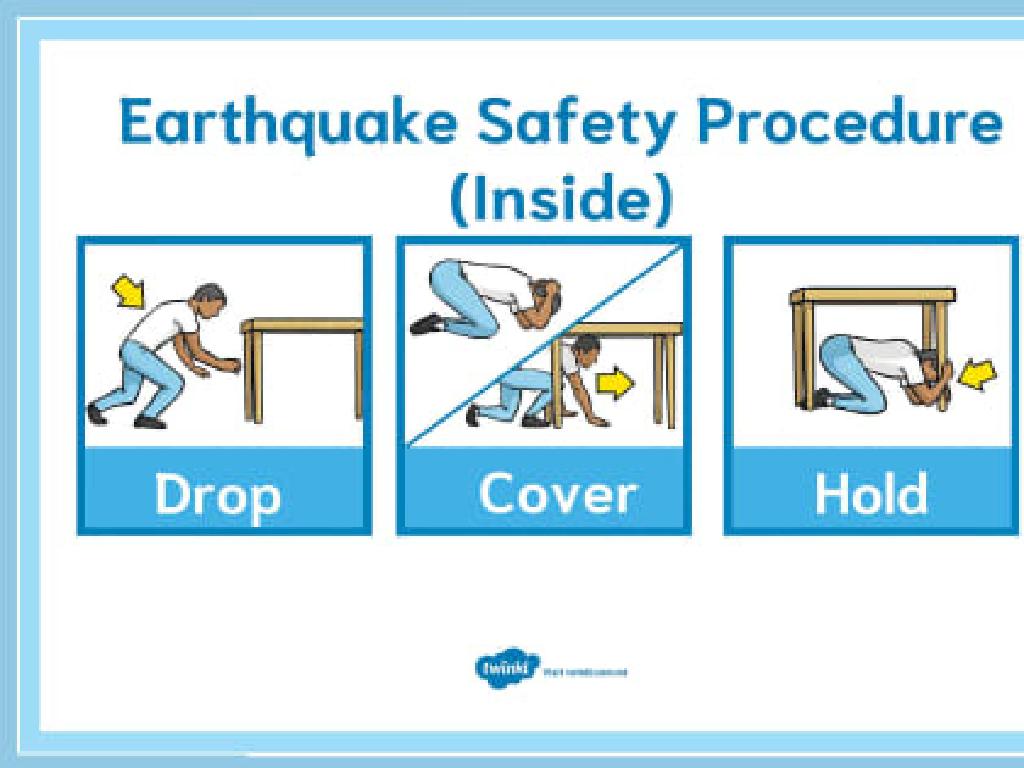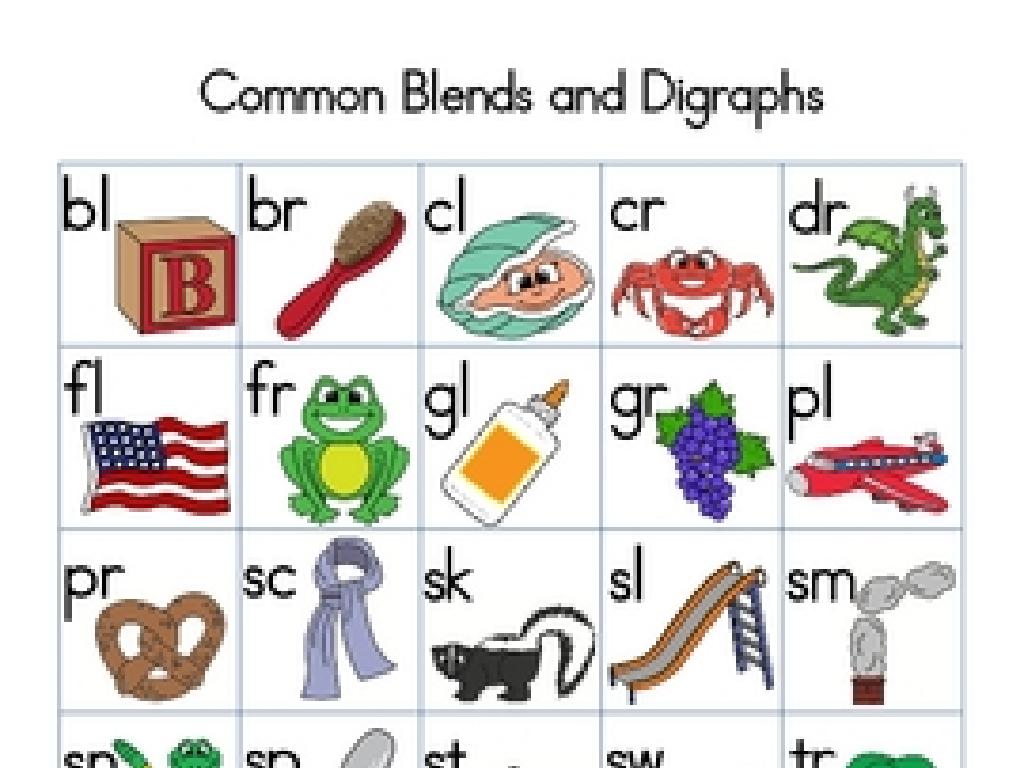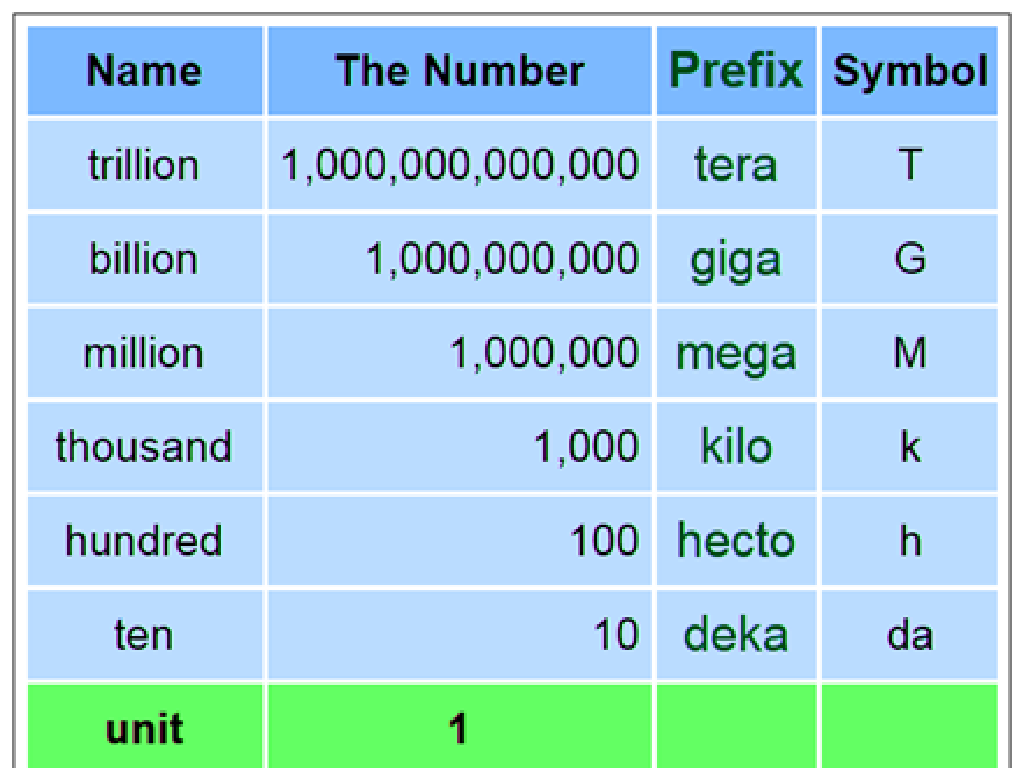Balance Addition Equations - Sums To 20
Subject: Math
Grade: Second grade
Topic: Addition: One Digit
Please LOG IN to download the presentation. Access is available to registered users only.
View More Content
Welcome to Addition: Finding Balance
– Greet and introduce today’s math concept
– Today’s goal: Balance in addition
– Learn to create and solve equations with sums up to 20
– Explaining an addition equation
– An equation shows two equal amounts. Example: 8 + 4 = 7 + 5
– Importance of balanced equations
– Balanced equations help us understand equality and number relationships
|
Begin the class with a warm welcome and introduce the concept of balance in addition, which is crucial for understanding how to create and solve addition equations. Explain that an addition equation is a mathematical statement showing that two amounts are equal. Use simple examples with sums up to 20 to illustrate this concept. Emphasize the importance of balanced equations in understanding the equality and relationships between numbers. Encourage students to think of a seesaw as a metaphor for balanced equations, where both sides need to be equal. Prepare to guide students through hands-on activities where they can practice creating their own balanced addition equations.
Understanding Balance in Addition
– What does ‘balance’ mean?
– Balance means equal on both sides
– Balance in math equations
– Both sides of the equation must have the same total
– Real-life balance examples
– A seesaw with two kids of equal weight
– Practice balancing equations
– Let’s find sums that make 10+?=15
|
This slide introduces the concept of balance, which is fundamental in understanding addition equations. Start by explaining balance as a concept where two sides have equal weight or value. Relate this to math, where both sides of an equation must be equal. Use tangible examples like a seesaw to illustrate balance in real life. Then, transition to math problems, using simple addition equations that sum up to 20. Encourage students to think of the equation as a seesaw that needs to be balanced by finding the correct number to complete the equation. Provide several examples and prepare to guide students through hands-on practice during the next class.
Balancing Addition Equations
– Parts of an addition equation
– Consists of addends, equals sign, and sum
– Solving simple addition problems
– Find the sum that balances the equation
– Practice with an example: 5 + 3
– What number makes 5 + 3 equal to?
– Understanding equals sign
– It means both sides are the same value
|
This slide introduces second graders to the components of an addition equation and how to solve them with sums up to 20. Start by explaining the parts of an addition equation: the addends (numbers being added), the equals sign, and the sum (the result of adding the addends). Use simple problems to demonstrate how to find the sum. For the practice example, work through 5 + 3 and ask students what number would balance the equation. Emphasize that the equals sign indicates that the values on both sides of it are the same. Encourage students to use their fingers or counters to find the sum if needed. Activities can include using blocks to represent the addends and finding the sum, or drawing pictures to visualize the addition.
Balancing Equations: Sums to 20
– Understanding balanced equations
– Both sides of the equation have the same total value.
– How to find the missing number
– Use subtraction to solve for the unknown: 8 – 4 = ?
– Example: 4 + ? = 8
– The missing number is 4 because 4 + 4 = 8.
|
This slide introduces the concept of balanced equations to second-grade students. Begin by explaining that an equation is like a balance scale, both sides need to be equal. Show them that finding the missing number is like solving a puzzle where they use subtraction to find the answer. Use the example provided to walk through the process step by step. Encourage students to think of the equation as a see-saw that needs to be level. After explaining, give them similar equations to practice with sums up to 20, ensuring they grasp the concept of balance in equations.
Let’s Practice Balancing Equations!
– Interactive class examples
– We’ll solve equations together as a class.
– Group activity: Missing numbers
– Work in teams to find the missing piece in equations.
– Practice individually on whiteboards
– Try solving equations on your own with teacher support.
– Summarize key learning points
|
This slide is designed to engage second-grade students in hands-on activities to balance addition equations with sums up to 20. Start with interactive examples where the teacher demonstrates how to balance equations and students participate by suggesting solutions. Move on to a group activity where students collaborate to find missing numbers in given equations. Then, have students practice individually on whiteboards, allowing the teacher to assess each student’s understanding. Conclude with a group discussion to summarize the lesson’s key points and reinforce the concept. Possible activities include balancing equations with manipulatives, using flashcards, or creating a game where students earn points for correct answers.
Game Time: Balance Beam!
– Learn balance with a fun game
– Rules of the Balance Beam Game
– Add numbers on both sides to equal the same sum
– Pair up for the game
– Find a friend to play and learn together
– Enjoy learning and playing!
– Remember, the goal is to balance the equation!
|
This interactive game helps students understand the concept of balanced equations in a playful manner. Set up a ‘balance beam’ in the classroom using a simple plank and fulcrum, or draw one on the board. Students pair up, and each side of the beam represents one side of the equation. They take turns placing number cards on their side of the beam to make the sums equal. For example, if one side has a ‘7’, the other side needs to find a combination of cards that also sums to ‘7’. This visual and physical representation of balance in addition will help solidify the concept of equality in equations. Encourage students to discuss their strategies and thought processes as they play. Possible variations of the game could include using different sums, incorporating subtraction, or challenging students to find multiple combinations that balance the same sum.
Review: Balancing Addition Equations
– Recap of today’s key points
– Importance of balanced equations
– Balanced equations show equal values on both sides
– Review of addition equations
– Addition combines numbers to find a total sum
– Practice with sums to 20
– Let’s solve a few together for better understanding
|
This slide aims to summarize the day’s lesson on balancing addition equations with sums up to 20. Start by reviewing the key points discussed during the lesson, emphasizing the concept of equality in equations. Explain why it’s important to understand balanced equations, as this concept is foundational for future math skills, including algebra. Recap how to set up and solve addition equations, and then engage the class with a few practice problems to solidify their understanding. Encourage students to explain their thought process as they solve each equation to ensure comprehension.
Class Activity: Create Your Own Balance!
– Work together in small groups
– Create balanced addition equations
– Use numbers 0-20 to make two sides equal
– Each equation should sum up to 20
– Share your equations with the class
– Explain how you made the equations balance
|
This activity is designed to encourage collaboration and application of addition skills to create balanced equations. Divide the class into small groups and provide them with manipulatives or whiteboards to work out their equations. Each group should aim to create several equations where both sides add up to 20. Encourage creativity and ensure they understand that there can be multiple correct answers. After the activity, have each group present their equations to the class, explaining their thought process. This will help reinforce their understanding of balance in equations and allow them to see different strategies from their peers. Possible variations for different groups could include using only even numbers, incorporating subtraction, or challenging them to find the highest number they can use while still balancing the equation.
Wrapping Up: Balancing Equations
– Review of balancing equations
– Homework: Practice worksheet
– Complete the worksheet on balancing equations with sums up to 20.
– Next class: Two-digit addition
– We’ll explore adding bigger numbers next time!
– Keep practicing sums to 20
– Try more examples at home to master balancing!
|
Today, we’ve learned how to balance addition equations with sums up to 20. For homework, students are given a worksheet to reinforce their understanding of balanced equations. It’s crucial to practice in order to solidify the concept. Looking ahead, we will be moving on to addition with two digits, which builds on the foundation we’ve established today. Encourage students to keep practicing with sums to 20 at home to prepare for the next class. This will ensure they are confident and ready to tackle more challenging addition problems.






